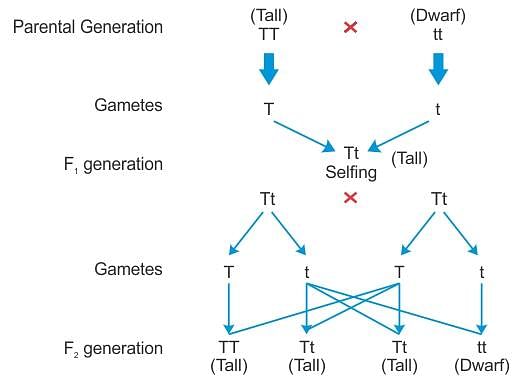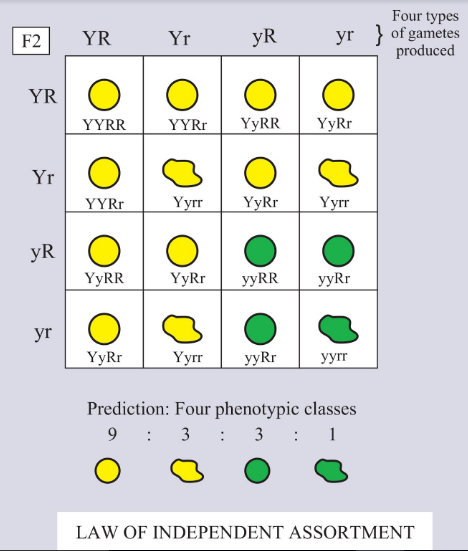Biology: Topic-wise Test- 3 - NEET MCQ
30 Questions MCQ Test NEET Mock Test Series 2025 - Biology: Topic-wise Test- 3
| 1 Crore+ students have signed up on EduRev. Have you? Download the App |
In pea plants, yellow seeds are dominant to green, If a heterozygous yellow seeded plant is crossed with a green seeded plant, what ratio of yellow and green seeded plants would you expect in F1 generation?
The number of substrate molecules changed per minute by a molecule of enzyme is called
Read the given statements and select the correct option.
Statement 1: Peroxisomes are involved in photorespiration of the plant cells and help in the lipid metabolism of animal cells.
Statement 2: They are the cells' garbage disposal system.
Cell wall is a rigid wall that lies outside the plasma membrane. Which of the following is not a function of the cell wall?
______ is the best stage to count the number and study the morphology of chromosomes.
The mechanism of distributing centriole pairs to the daughter cells is called
A colour blind girl is rare because she will be born only when
Which of the following statements with reference to cytoskeleton is not correct?
During which stage of prophase I the crossing over takes place?
Crossing over results in the exchange of genetic material, which occurs between:
M- phase in mitosis undergoes which type of division?
During which stage do the chromatids of a bivalent become distinct?
Which among the following is incorrect about amino acids?
Plant Cytokinesis differ from animals Cytokinesis in having
Material used for conducting experiments on genetic traits by Mendel was _________.
Smooth endoplasmic reticulum is well developed in which synthesize
Two similar chromosomes of each type present in diploid cell are called as
Assertion: The cross between red and white flower-bearing snapdragon plants results in pink coloured flower.
Reason: Incomplete dominance of red and white flower results in pink coloured flowers.
|
1 videos|26 docs|111 tests
|
|
1 videos|26 docs|111 tests
|
























